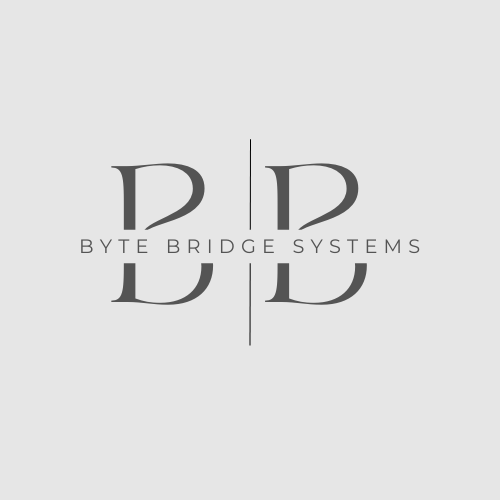Views: 0
curriculum noun
1: the courses offered by an education system or school
2: a set of courses constituting and area of specialization
merriam-webster.com

Are you a busy professional or teacher looking to improve your curriculum development skills?

Are you looking to create engaging and learning experiences for your students?
If you are looking for simple steps and practical strategies to streamline this and produce better results, then this guide is for you.
Whether you are looking to identify clear learning objectives, engage your audience with interactive content, utilize technology effectively, or assess learning outcomes efficiently, these ten simple steps can help you optimize your curriculum writing and development process.
Learn and practice these strategies to improve your teaching or training efforts and deliver impactful learning experiences.
Are you ready to take your skills to the next level?
Curriculum writing and development can be a challenging yet essential task for busy professionals and teachers looking to create engaging and effective learning experiences. Here are ten simple steps tailored to cater to individuals with busy schedules:
- Identify Learning Objectives: Clearly define the goals and learning outcomes you want to achieve with your curriculum. Focus on what knowledge or skills you want your learners to acquire by the end of the course.
- Understand Your Audience: Consider the background, knowledge level, and learning preferences of your target audience. Tailor your curriculum to meet their needs and interests effectively.
- Gather Resources: Compile relevant resources such as textbooks, articles, videos, and online tools that support the learning objectives of your curriculum. Ensure these resources align with your teaching style and approach.
- Outline Course Structure: Create a detailed outline of the course structure, including modules, lessons, activities, assessments, and timelines. Break down the curriculum into manageable sections to keep learners engaged.
- Develop Engaging Content: Create compelling content that captures learners’ attention and fosters active participation. Incorporate multimedia elements, real-world examples, case studies, and interactive activities to enhance learning experiences.
- Utilize Technology: Integrate technology tools such as Learning Management Systems (LMS), educational apps, virtual simulations, or online collaboration platforms to enhance the delivery and accessibility of your curriculum.
- Promote Active Learning: Design activities that encourage active participation, critical thinking, problem-solving, and collaboration among learners. Incorporate group projects, discussions, debates, and hands-on exercises to make learning interactive and engaging.
- Assess Learning Outcomes: Develop formative and summary assessments to evaluate learners’ progress and understanding of the curriculum. Use a variety of assessment methods such as quizzes, projects, presentations, and peer evaluations to measure learning outcomes effectively.
- Collect Feedback: Seek feedback from learners throughout the curriculum implementation process to identify areas for improvement. Adjust the content, activities, or assessments based on feedback to enhance the overall learning experience.
- Reflect and Iterate: Reflect on the effectiveness of your curriculum design and delivery. Identify successful strategies, areas for improvement, and lessons learned for future curriculum writing and development projects. Continuously iterate on your curriculum to adapt to evolving needs and feedback from learners.
If you follow these ten simple steps tailored for professionals and teachers, you can create a well-structured, engaging, and effective curriculum.
It will fit the needs of your learners and fit into your busy schedule.
Remember to prioritize clear learning objectives, audience engagement, active learning strategies, technology integration, assessment practices, feedback mechanisms, and continuous improvement in your curriculum writing and development process.


Leave a Reply
You must be logged in to post a comment.